We often see our dogs as part of the family, but even the most docile dogs can bite under certain conditions. Are you doing everything to keep your beloved pet and your children safe?
1. Unpredictable Reactions
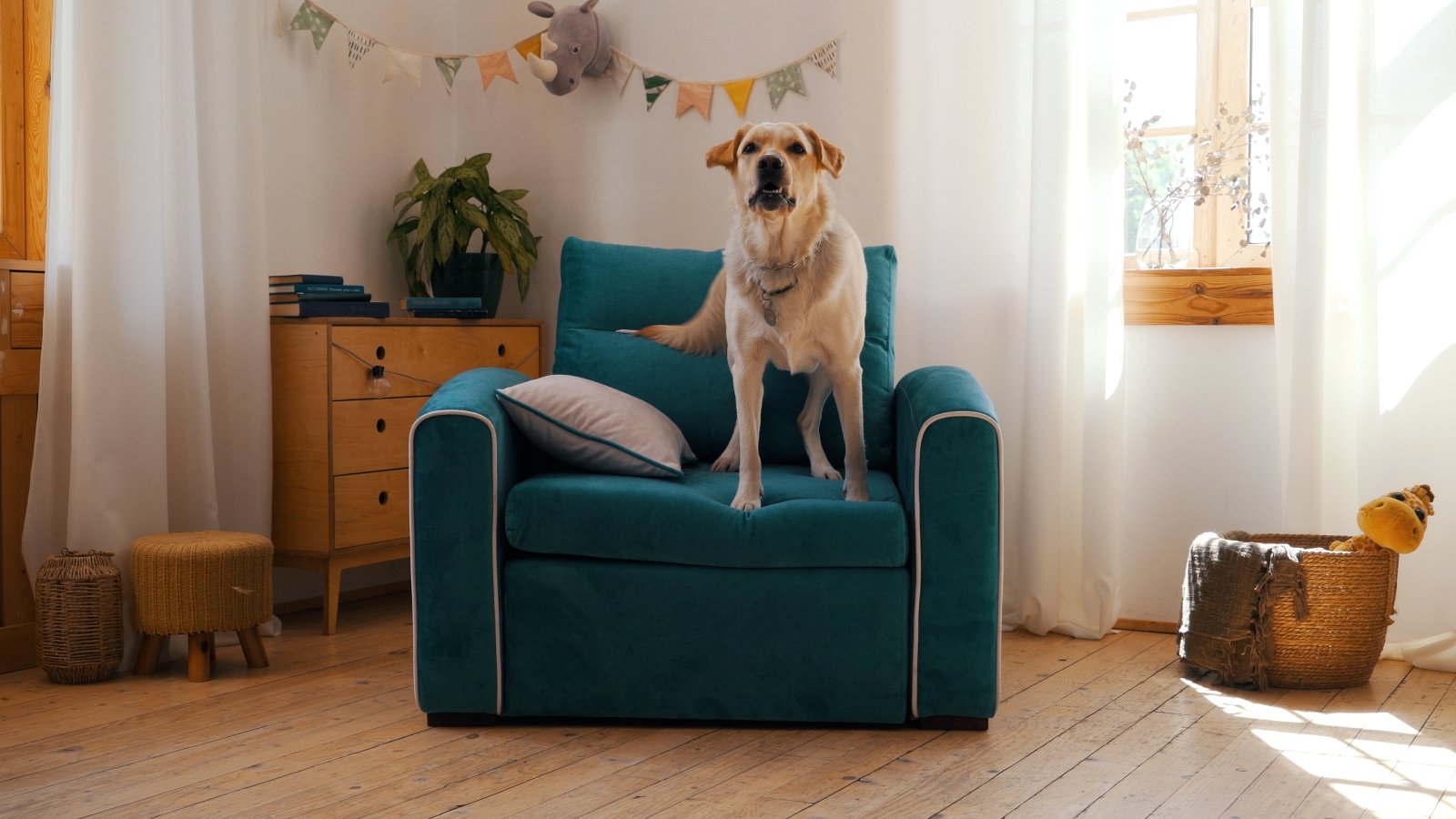
Dogs can react unpredictably if startled or hurt. Sudden moves, loud noises, or accidental tugs on their fur can trigger a bite response, especially in breeds with a high prey drive or protective nature.
2. Resource Guarding
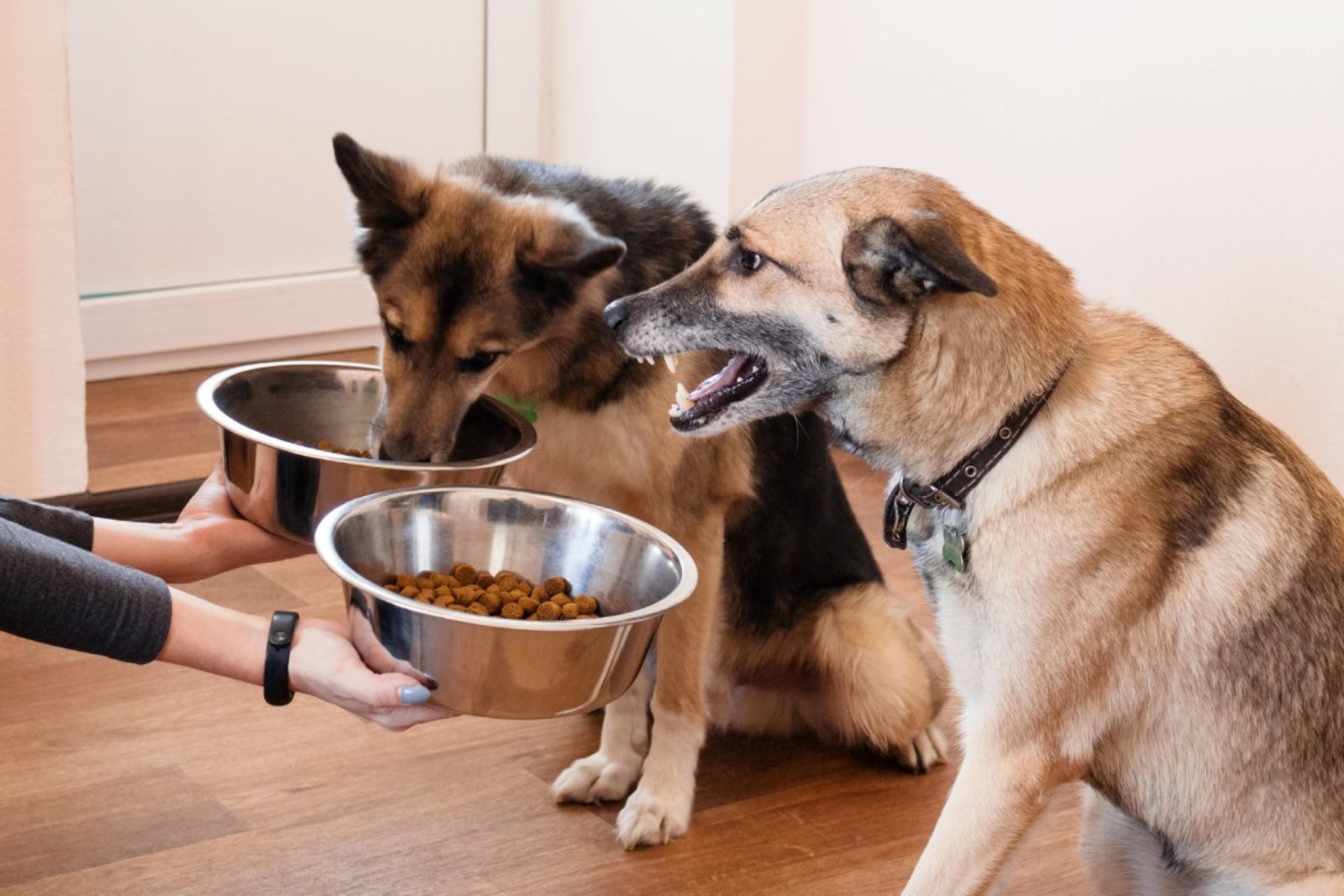
Dogs can be possessive over their food, toys, or space. If a child approaches a dog during these moments, the dog may defensively bite.
3. Pain And Discomfort
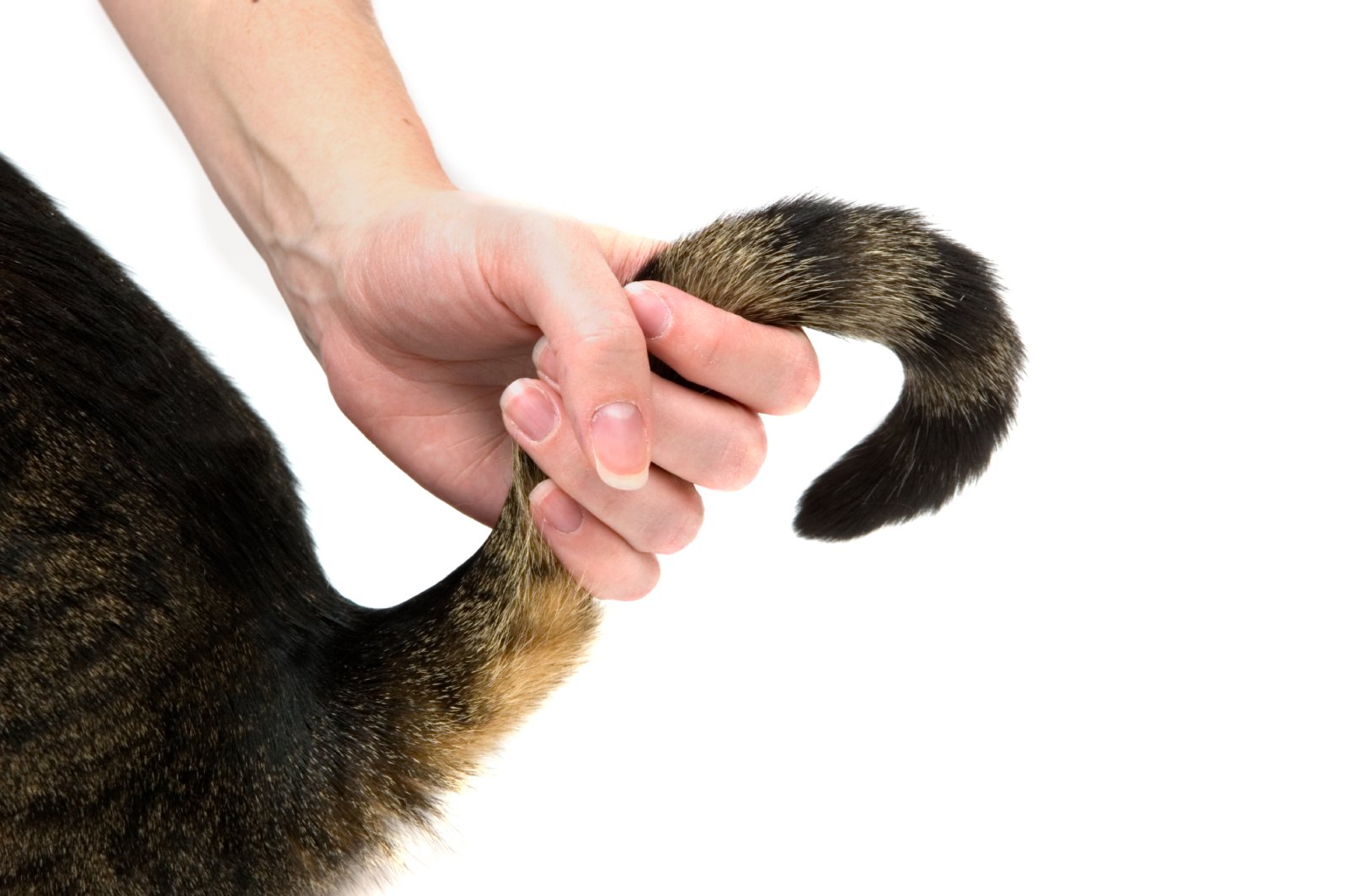
Dogs in pain may bite when touched. Children might not recognize the signs of pain and could inadvertently cause more pain, leading to a bite.
4. Fear Responses
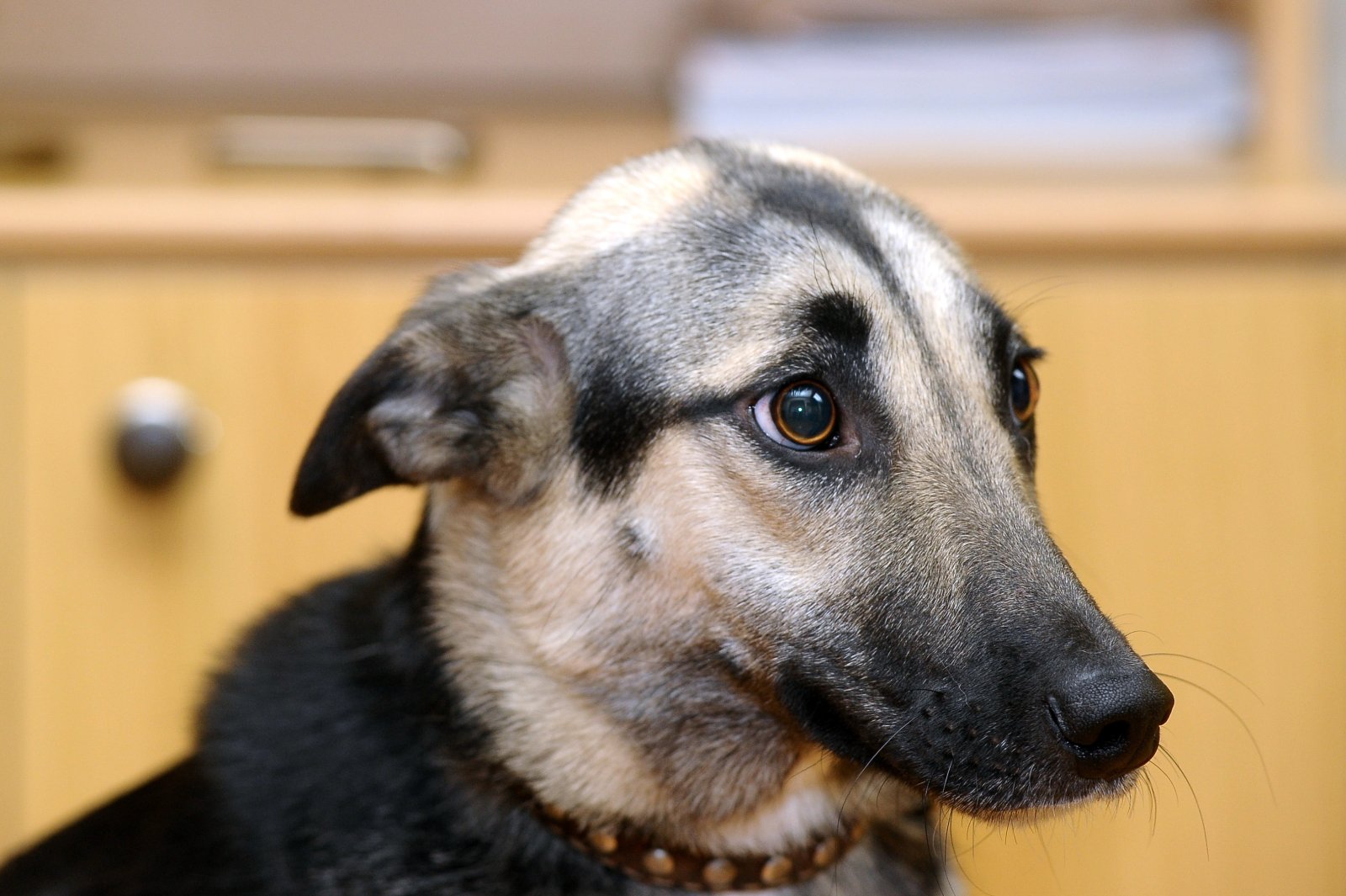
Past traumas or lack of socialisation can make dogs fearful. A child’s unpredictable movements or loud noises can trigger a fear-based bite.
5. Overexcitement
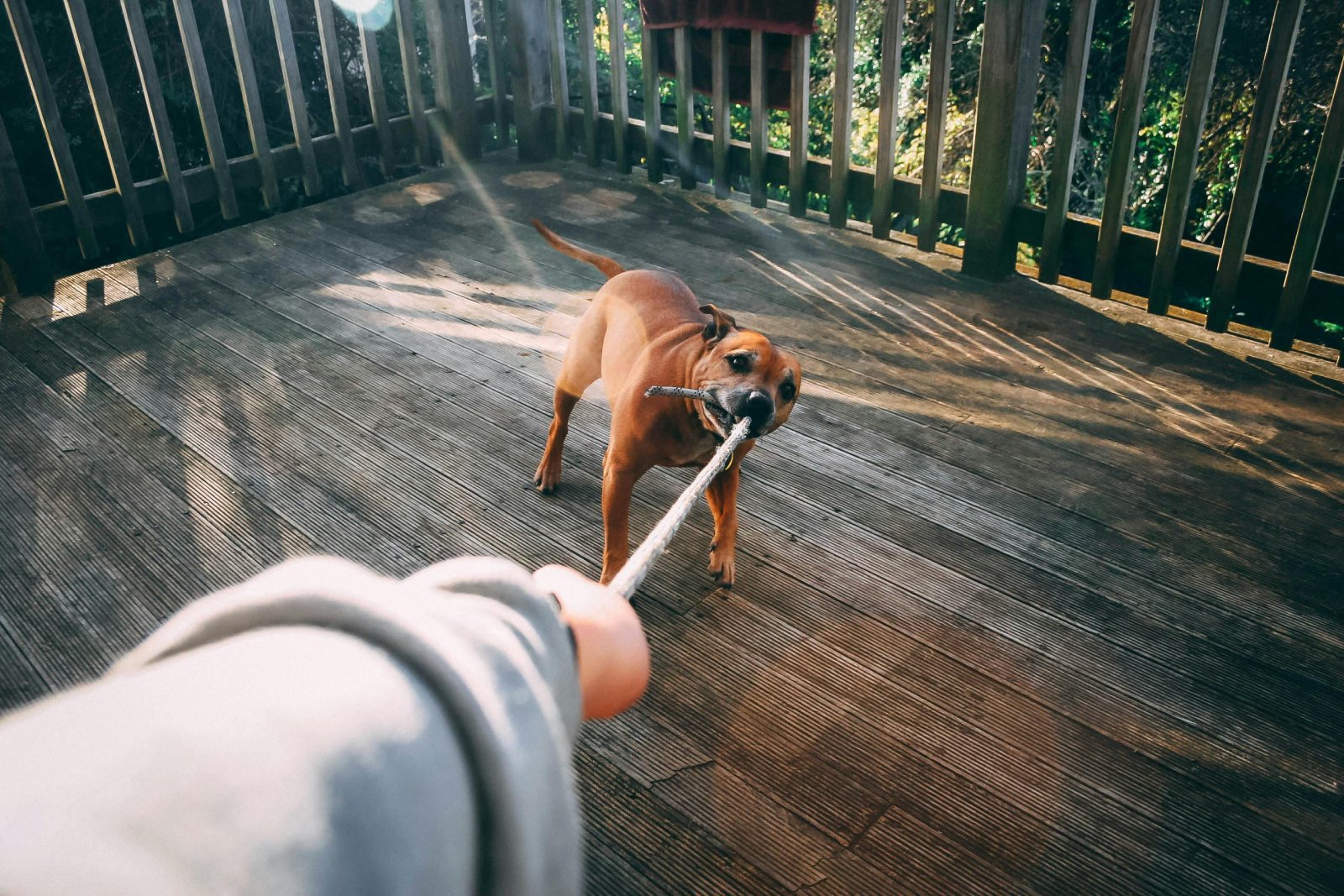
High-energy dogs can become overexcited during play, leading to nipping or biting. This is common in young, playful breeds that haven’t learned to control their impulses.
6. Protective Instincts
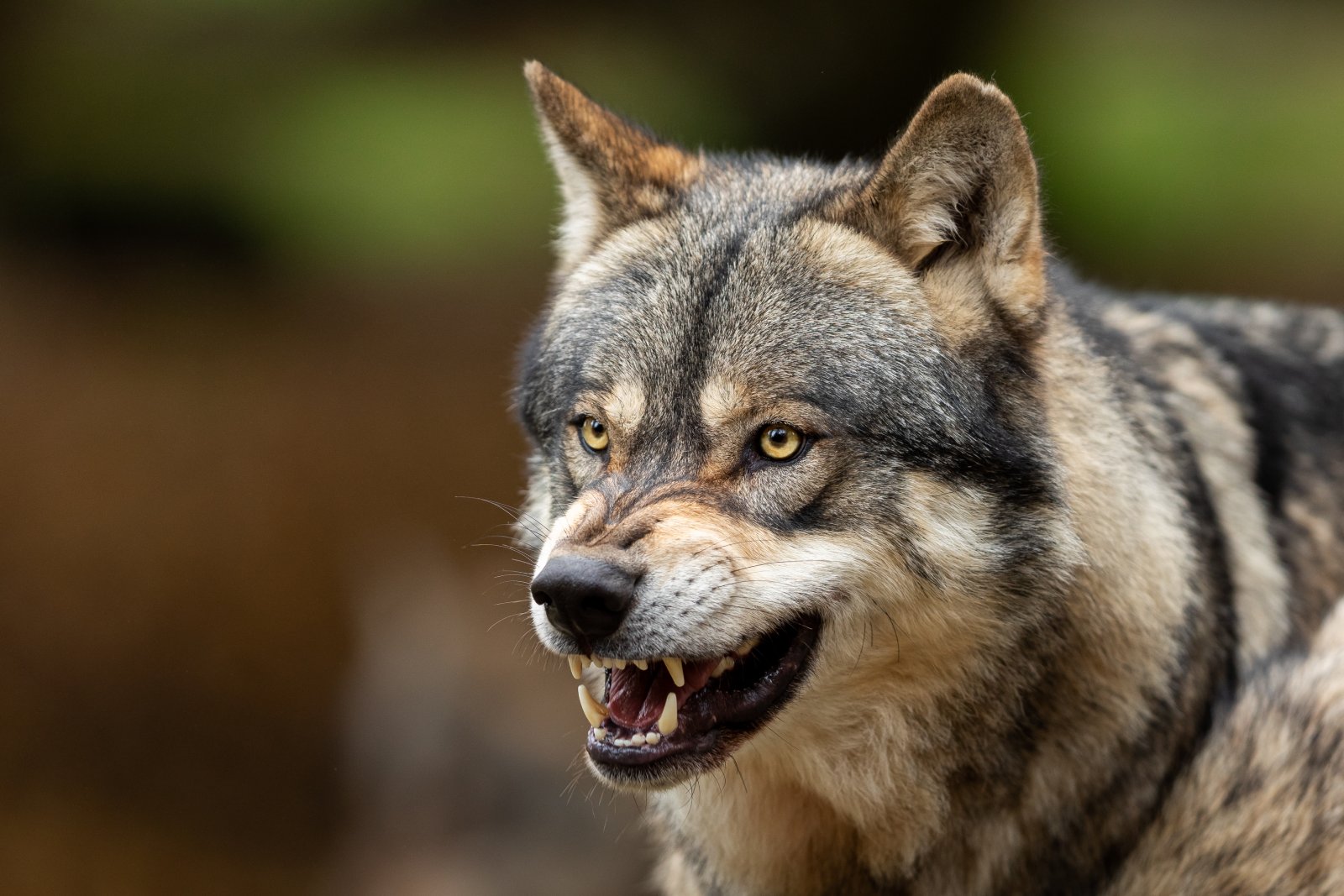
Some dogs have strong protective instincts towards their family. They might misinterpret a child’s actions as a threat and bite defensively.
7. Body Language Misinterpretation

Children often misread dog body language, missing warning signs like growling or stiff posture. Educating kids on dog body language can help prevent bites.
8. Lack Of Training
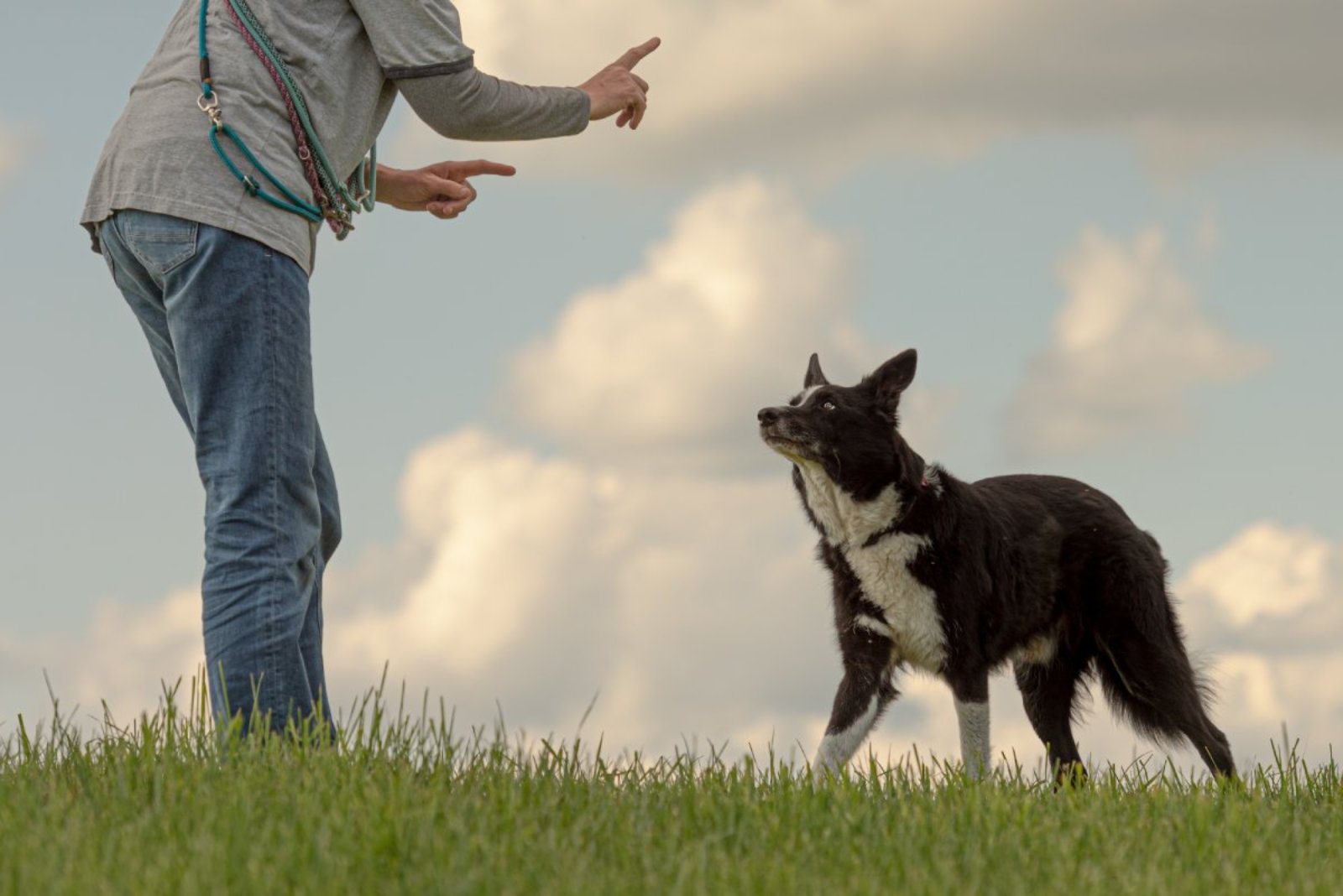
A dog that hasn’t been properly trained in bite inhibition might not know how to control their bite force. Training is crucial for safe interactions with humans.
9. Previous Trauma
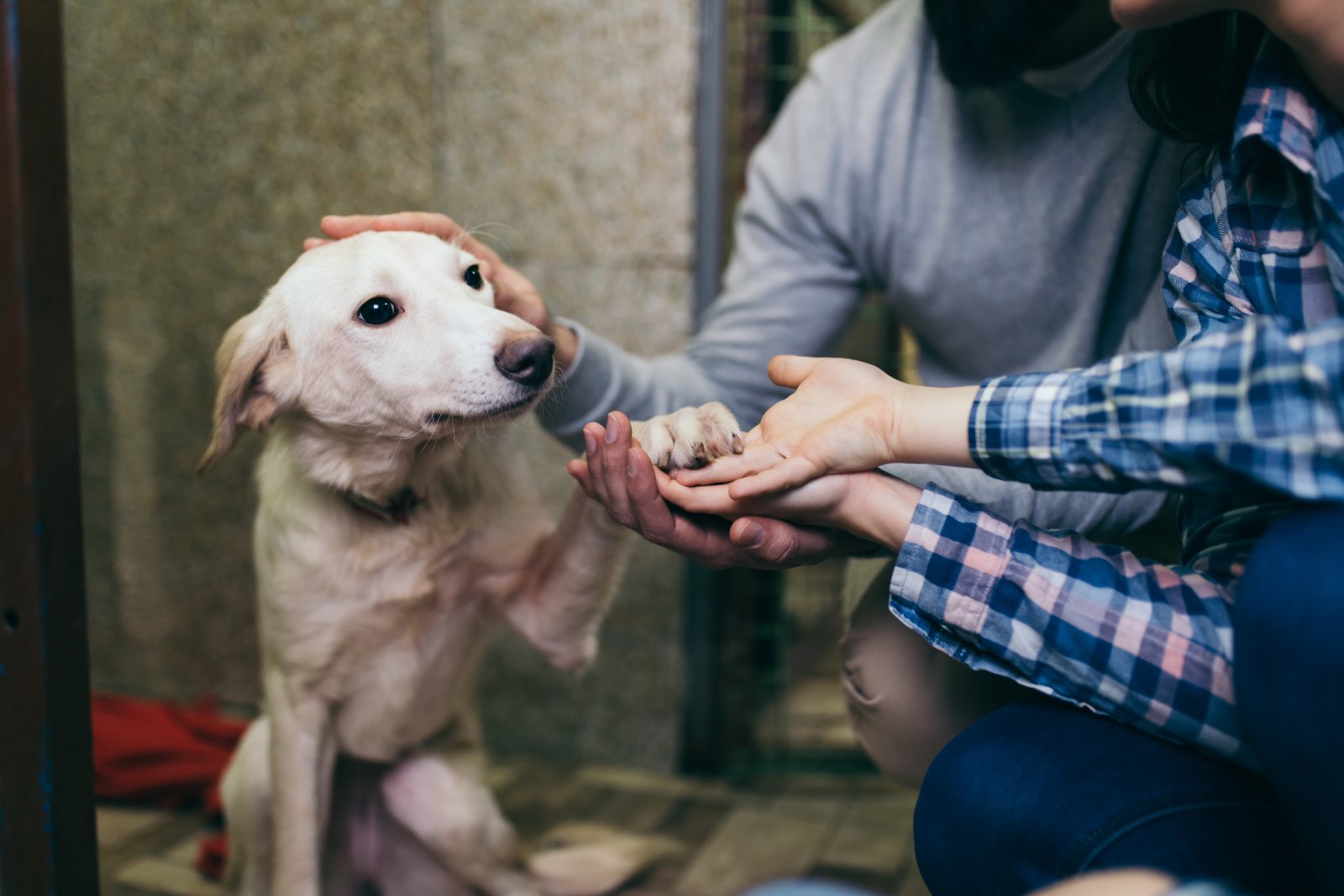
Rescue dogs or dogs with unknown histories may have triggers that set them off unexpectedly. Extra caution is needed with dogs who have shown signs of aggression.
10. High-Prey Drive Breeds
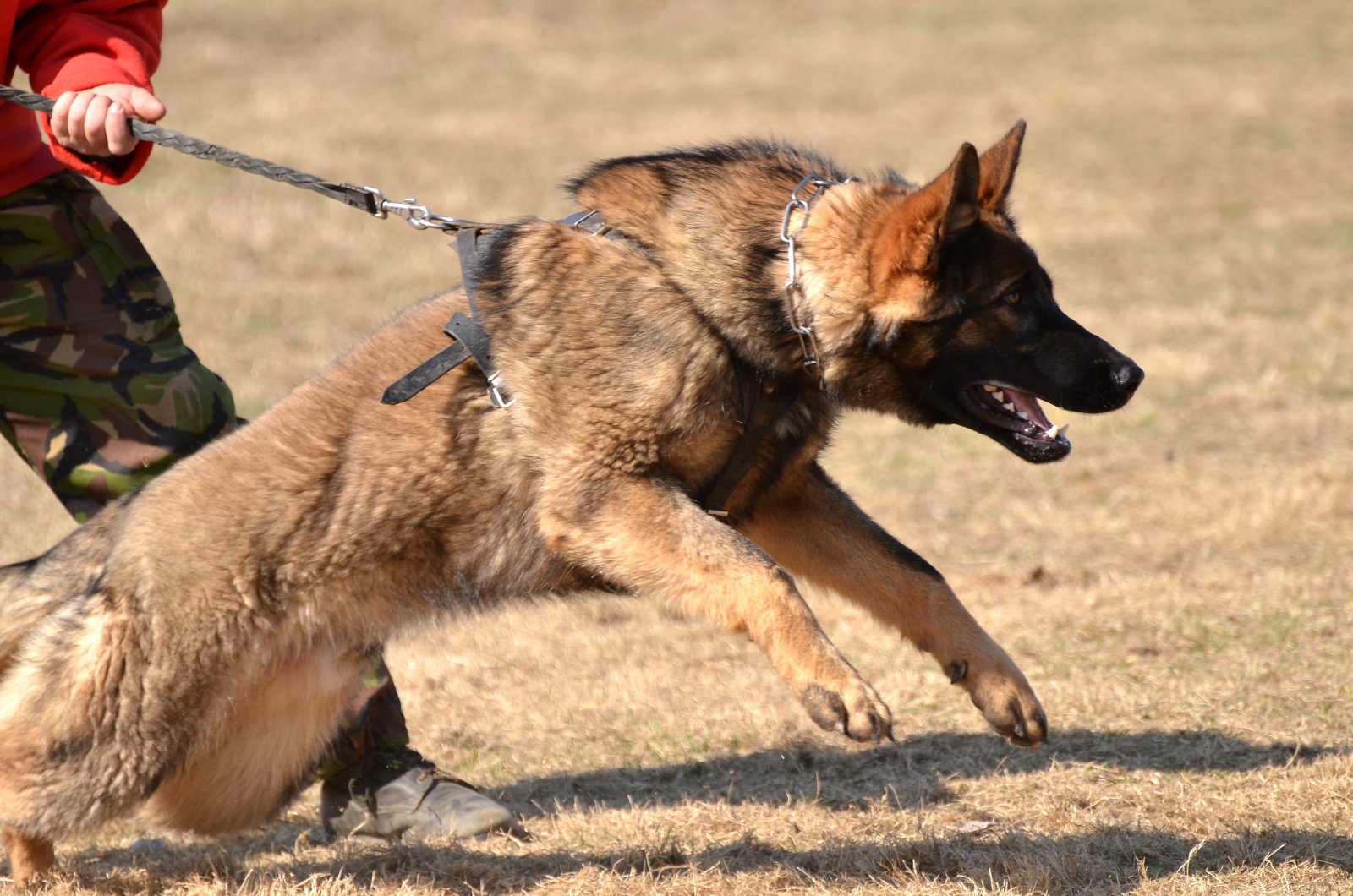
Breeds with a high prey drive may react strongly to fast movements, such as a child running. This can lead to accidental bites as the dog’s instincts kick in.
11. Unfamiliar Environments
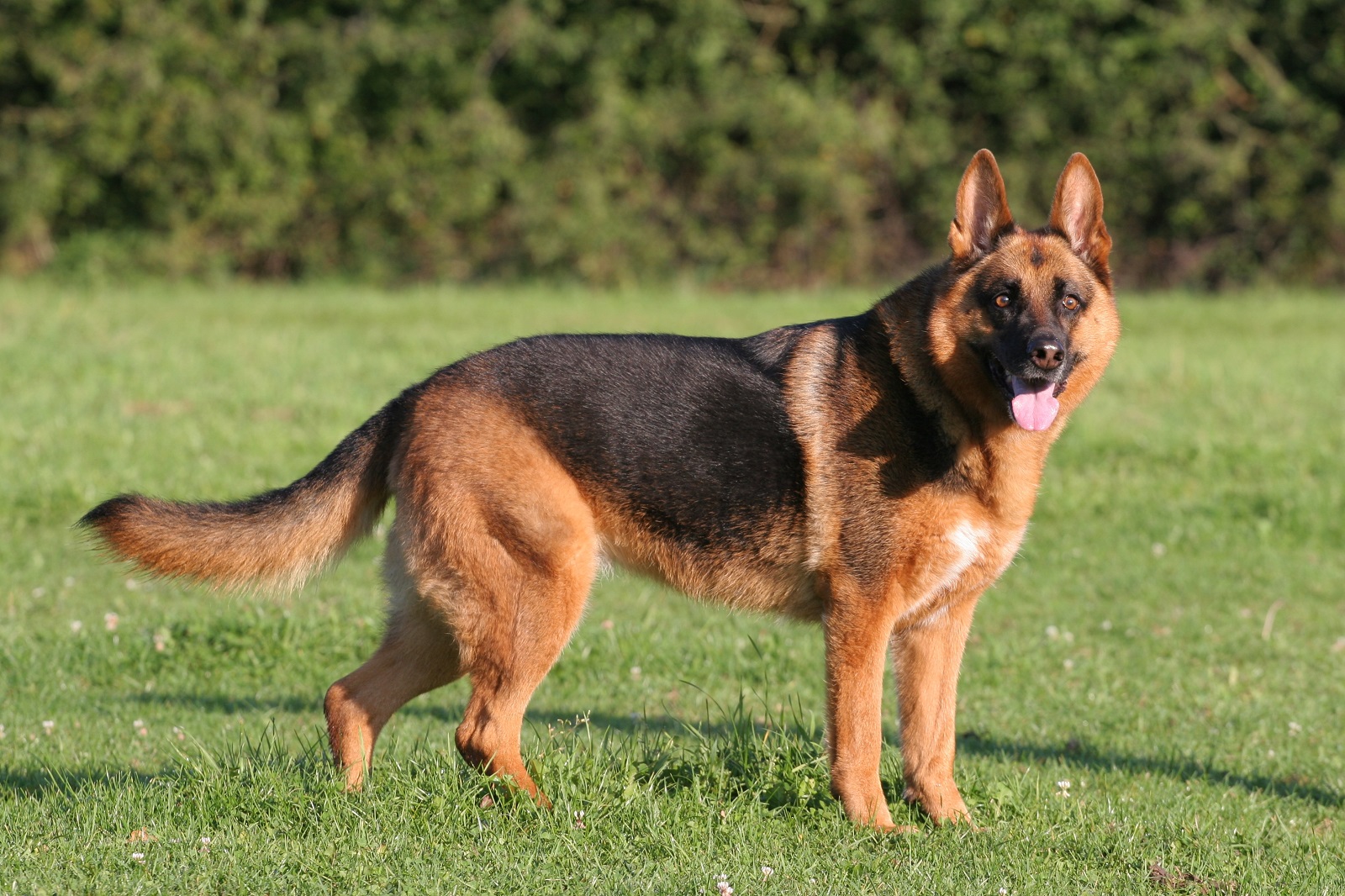
Dogs in new environments might feel insecure or threatened. This can lead to defensive behaviors, including biting if they feel cornered.
12. Human Error

Well-meaning actions like hugging or kissing a dog can be perceived as threatening. Dogs often do not like their personal space invaded and might bite if they feel trapped.
13. Disruption Of Routine
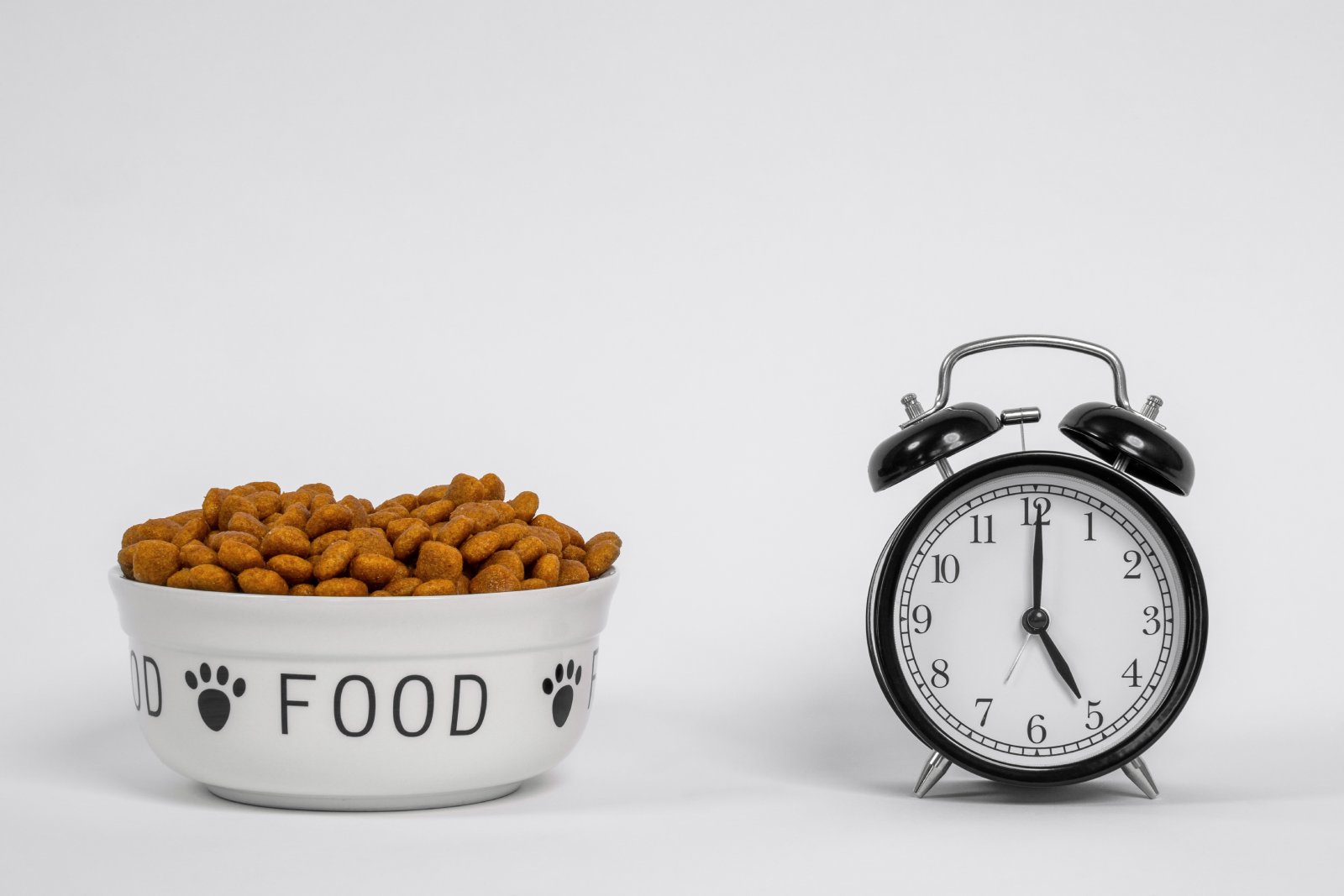
Changes in a dog’s routine can cause stress and anxiety. This stress can manifest in aggressive behaviors, including biting.
14. Training Overlook
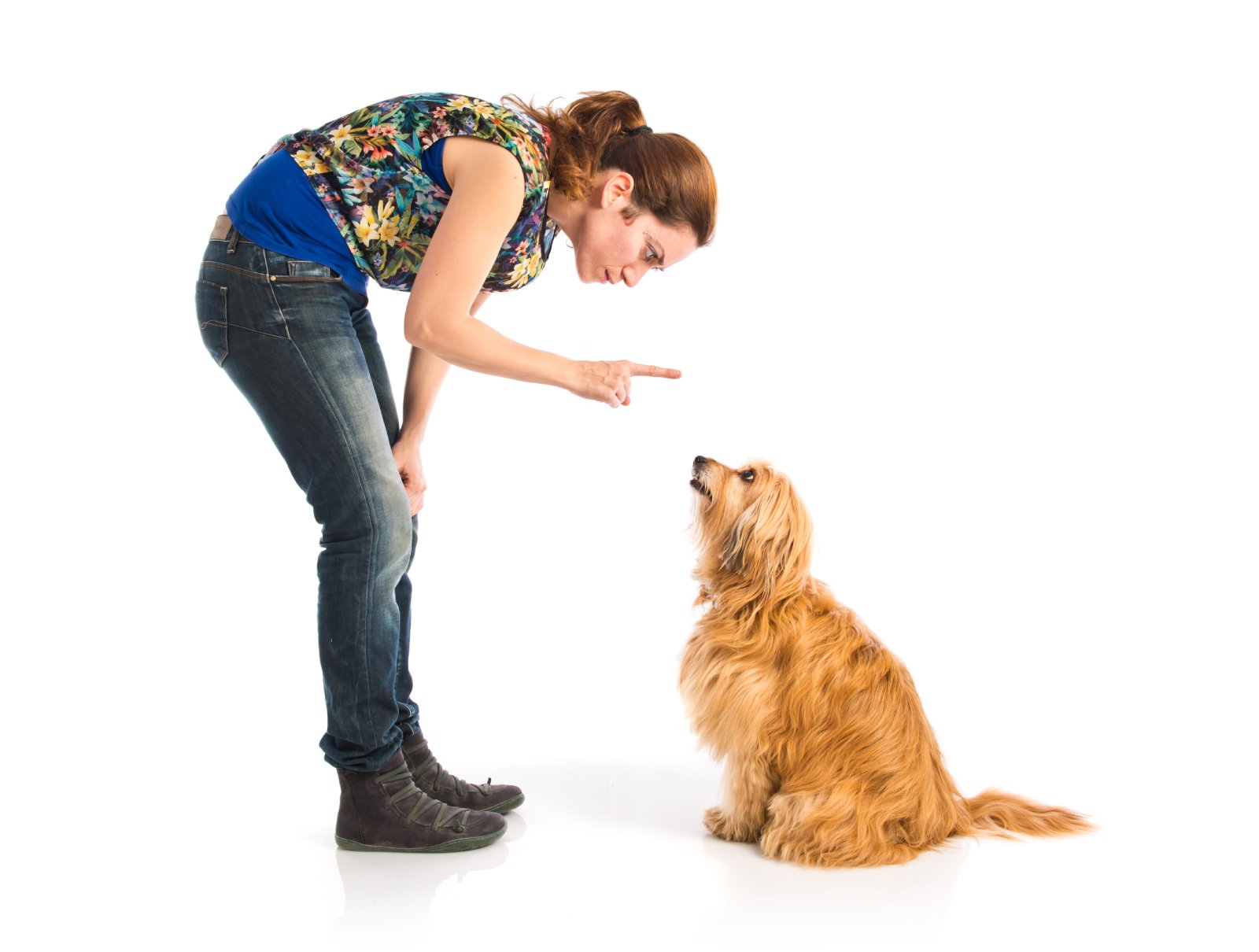
Not all dogs receive the training they need to interact safely with children. Consistent training and reinforcement of good behaviors are essential to prevent bites.
15. Startling While Sleeping
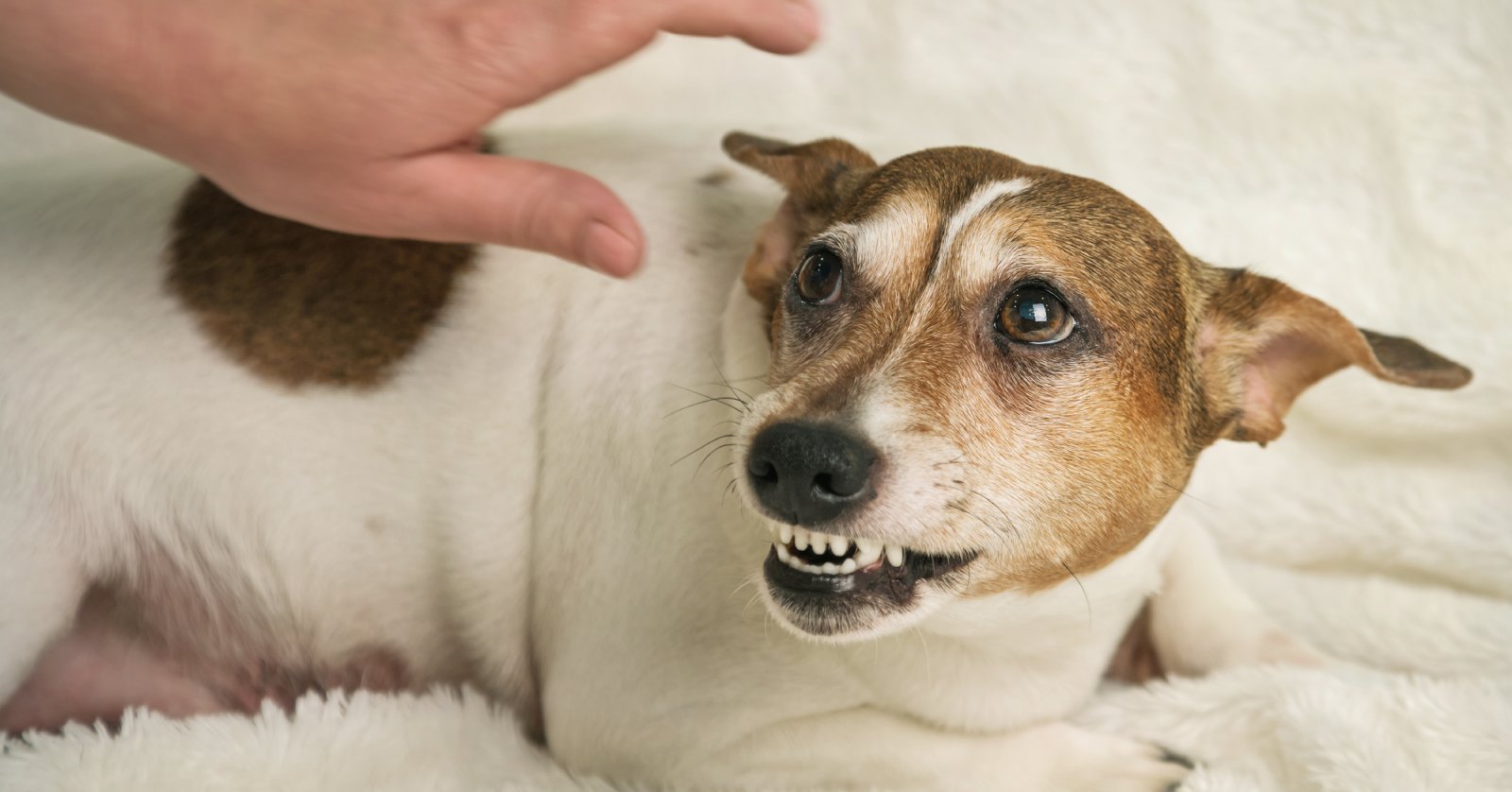
Dogs startled from sleep can bite out of instinct. Teaching children not to disturb a sleeping dog is critical to preventing bites.
16. Protecting Puppies Or Other Pets
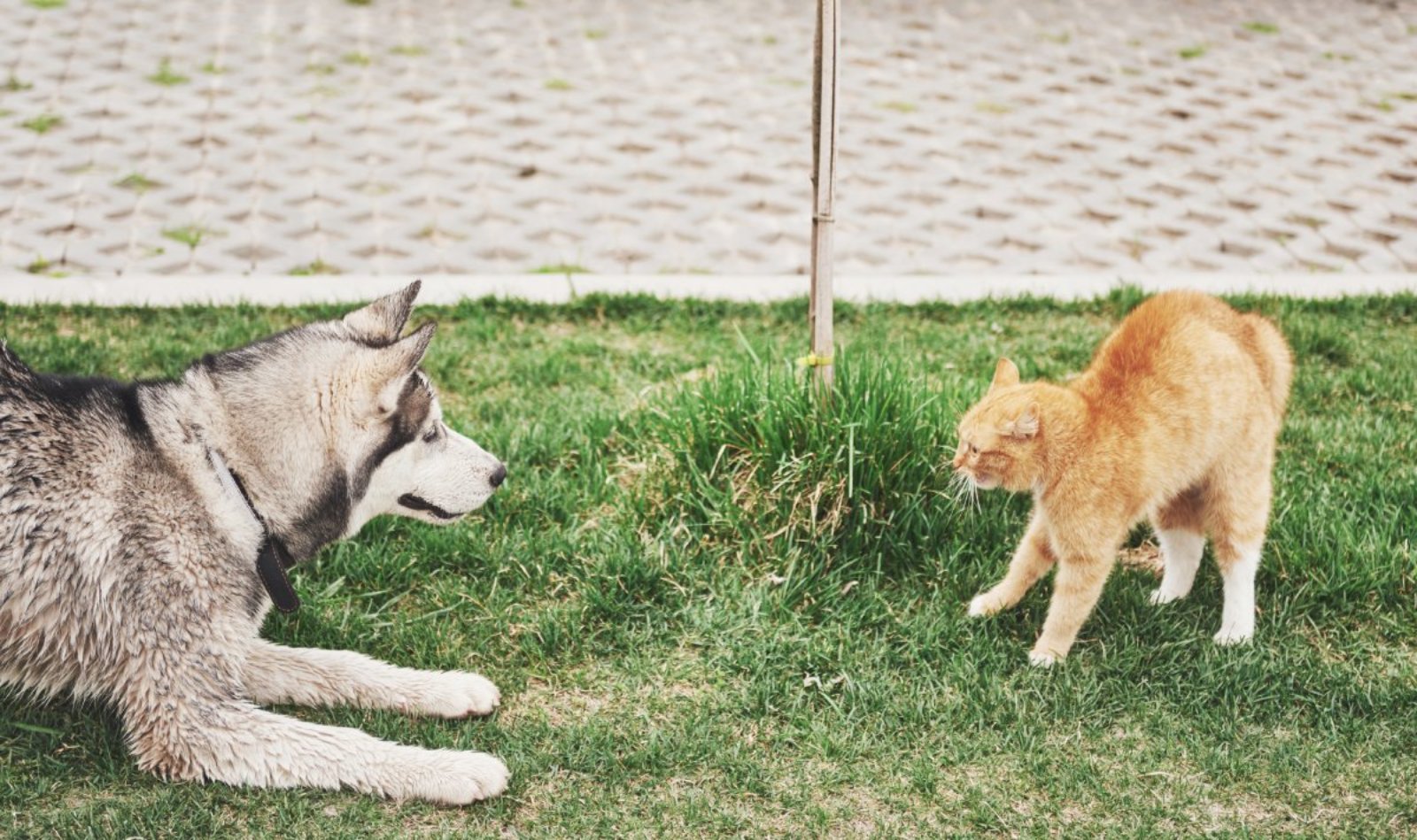
A dog that feels their puppies or other pets are threatened might react aggressively. Supervise interactions closely to prevent protective aggression.
17. Cultural Misunderstandings
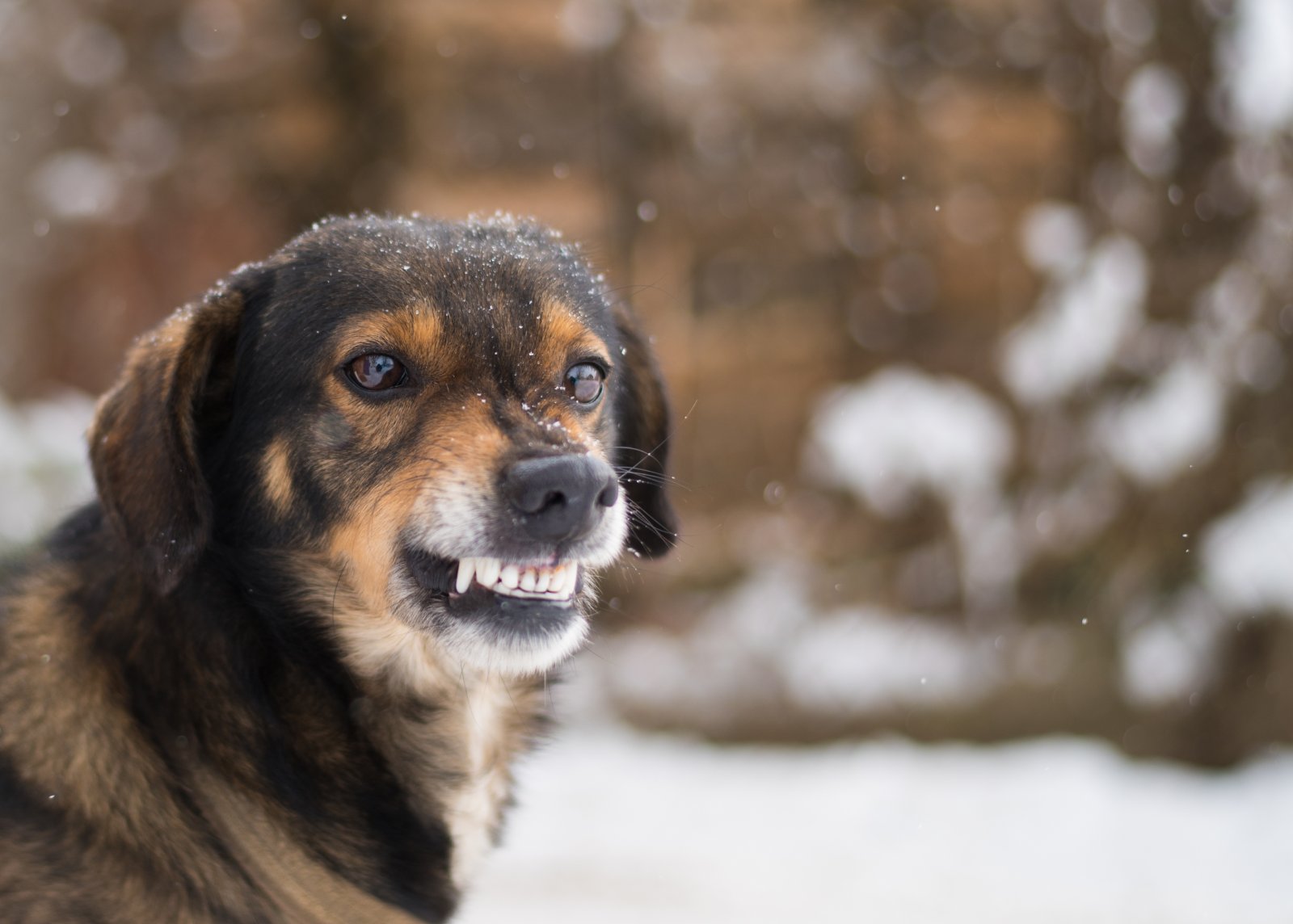
Different dog breeds have different temperaments and social cues. Understanding these differences can help prevent misunderstandings that lead to bites.
18. Health Changes
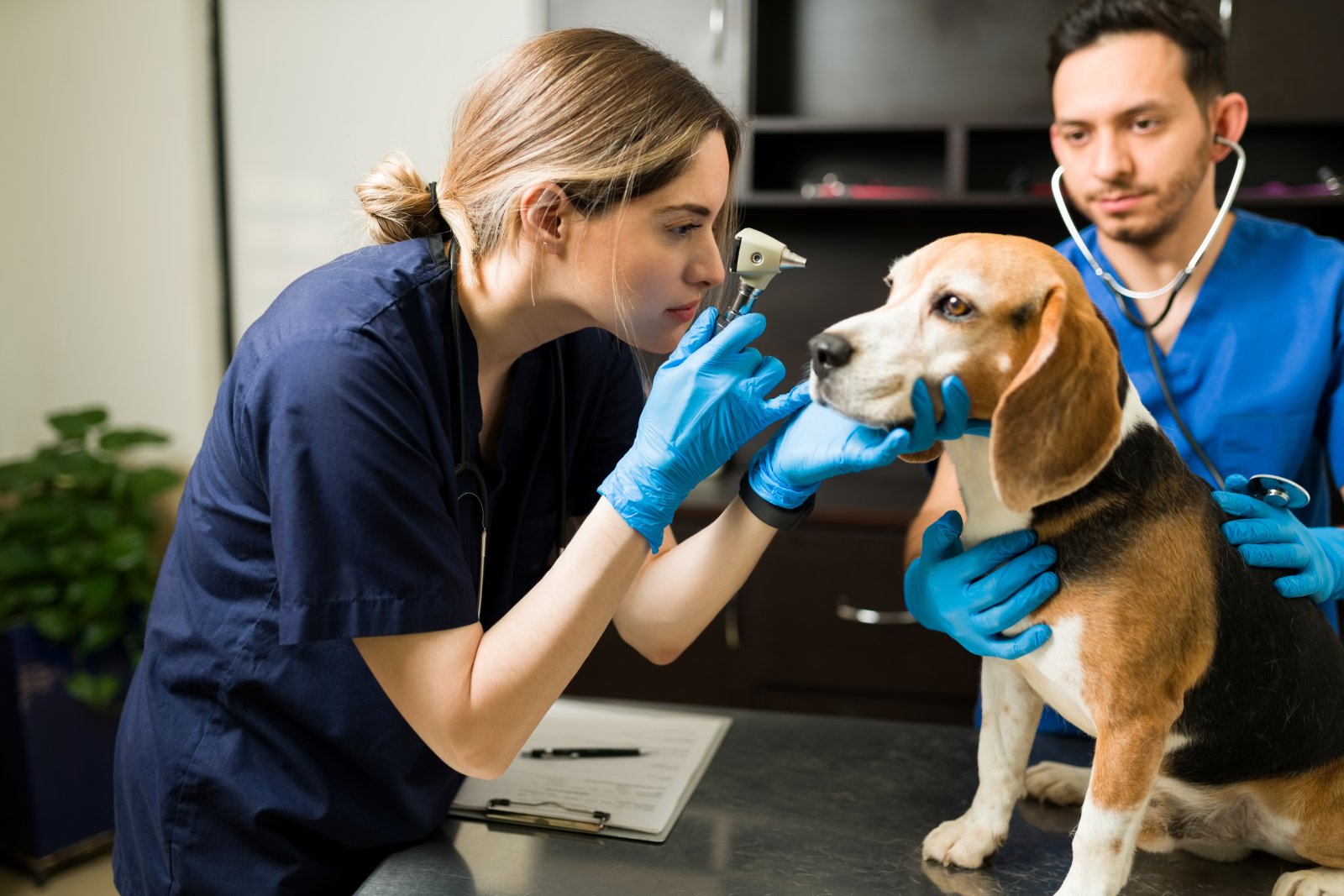
Sudden health changes can make dogs more irritable and prone to biting. Regular vet check-ups are essential to catch and manage these changes early.
19. Lack Of Socialisation
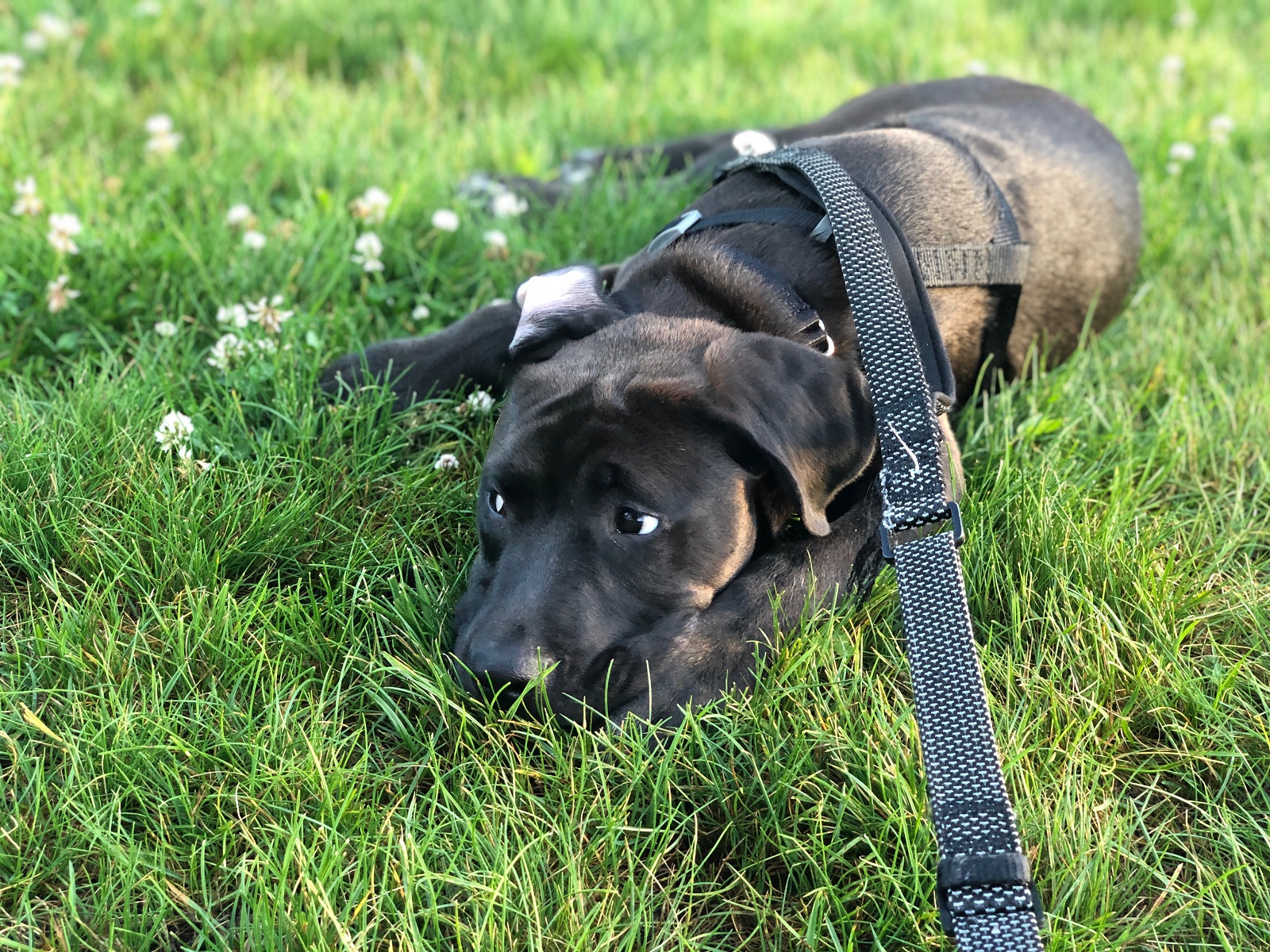
Dogs that aren’t properly socialised may not know how to interact with children. Early and ongoing socialisation is key.
20. Breed-Specific Traits
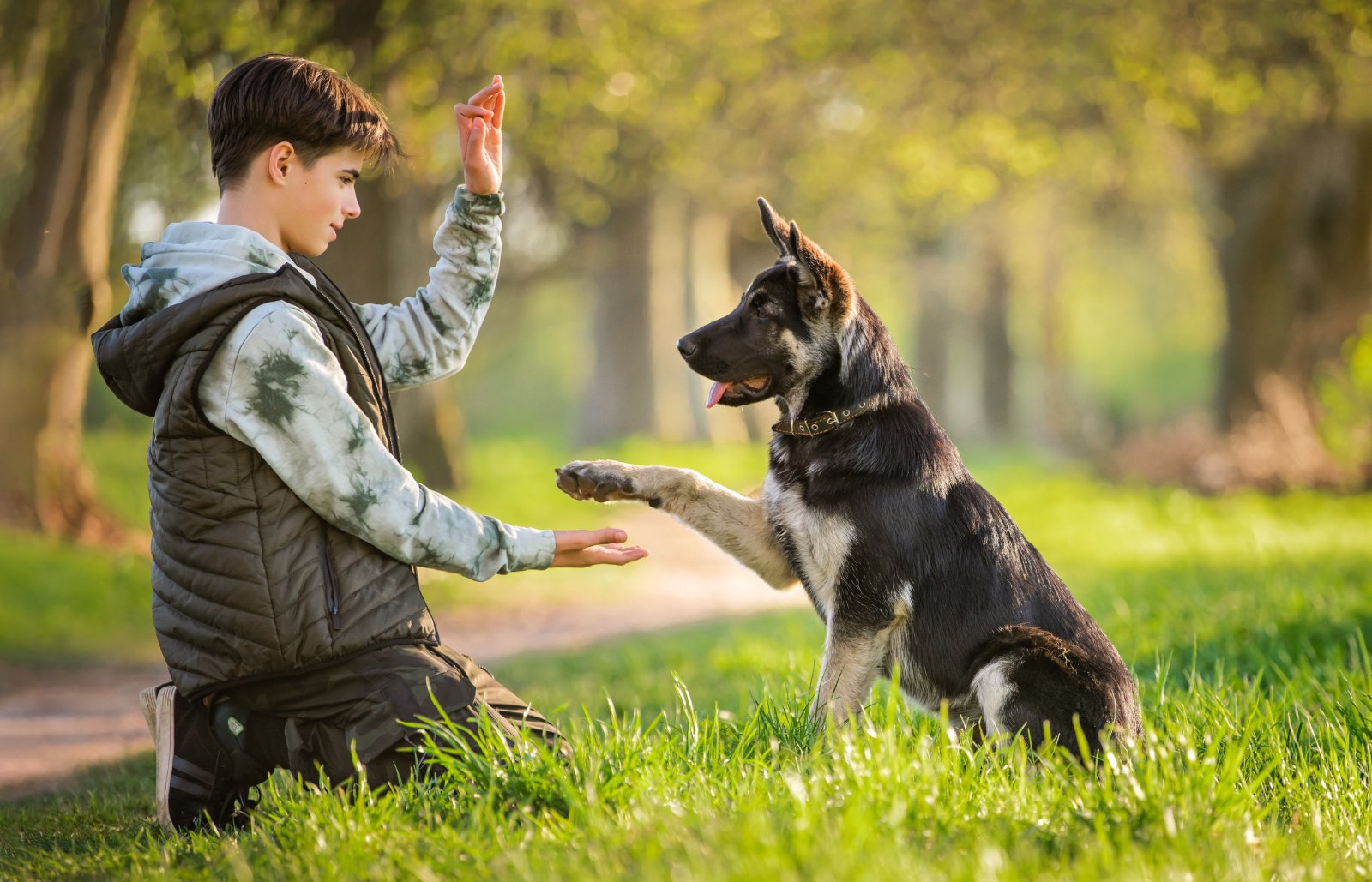
Some breeds are known for being less tolerant of rough handling or high-energy environments. Knowing your dog’s breed traits can help manage their interactions with children.
21. Supervised Interactions
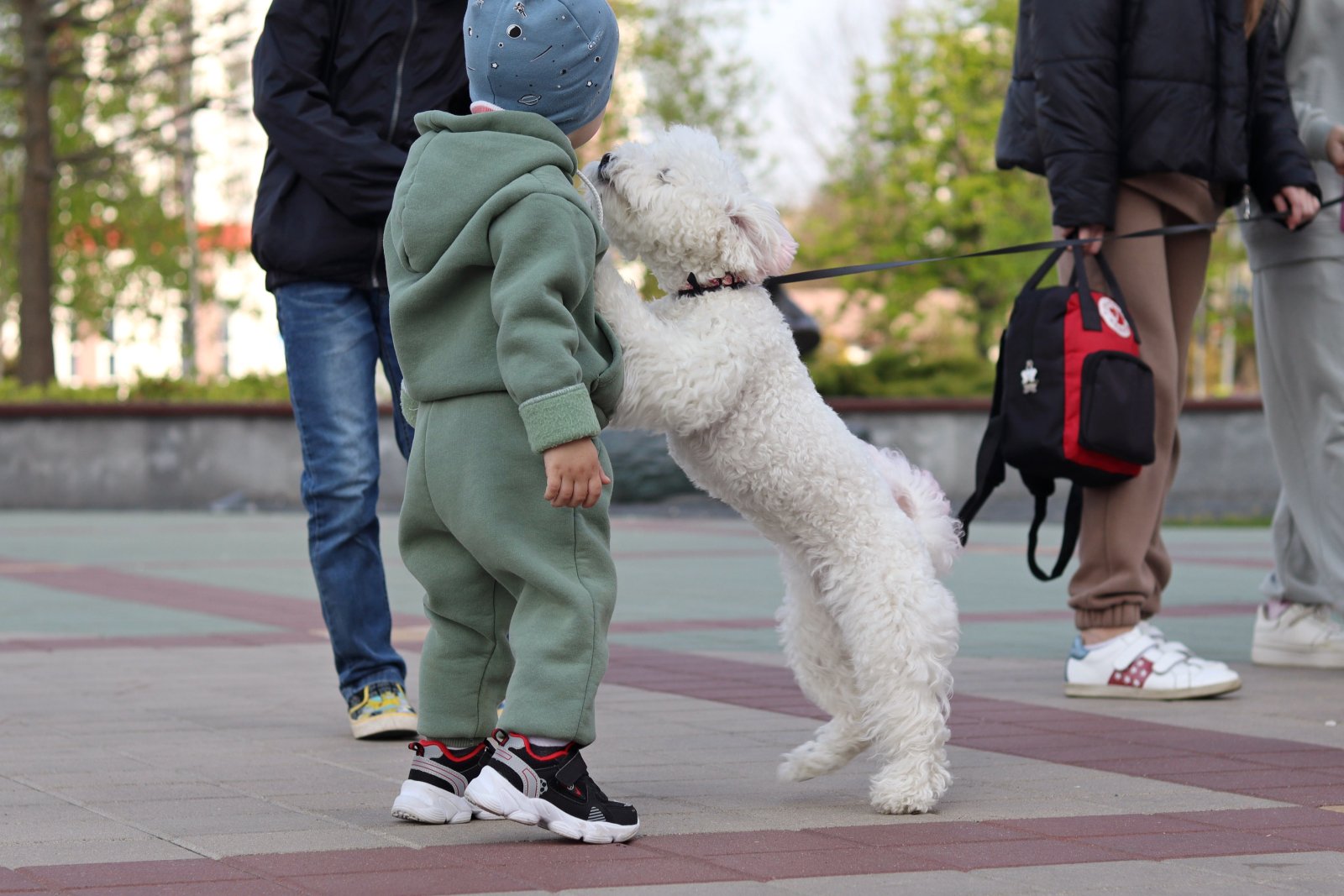
No dog should be left unsupervised with young children. Constant supervision can prevent many situations that lead to bites.
22. Awareness And Education
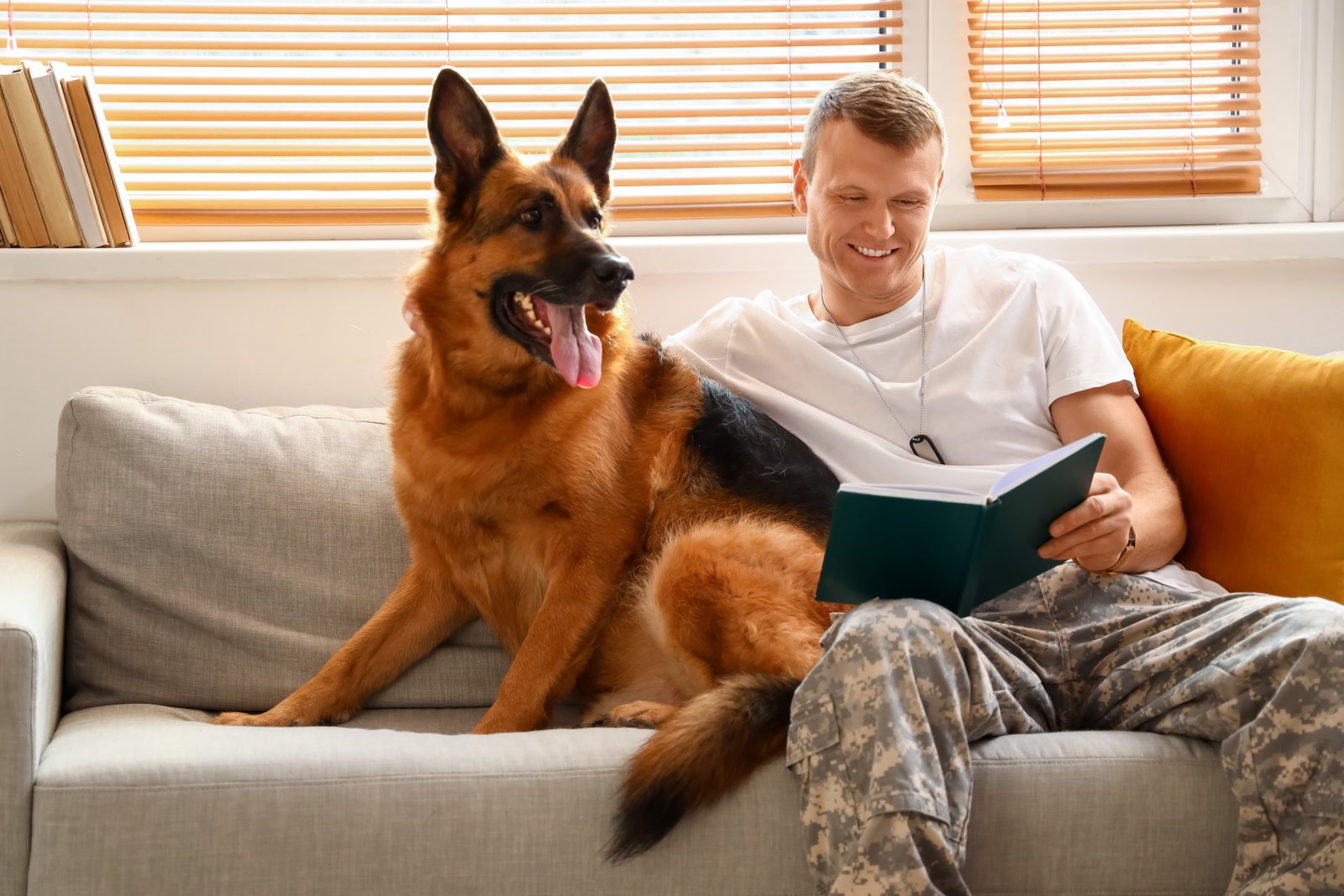
Educating yourself and your children about dog behaviour and safe interactions is the best way to prevent bites. Understanding and respecting a dog’s boundaries can create a safer environment for everyone.
Are You Doing Enough?
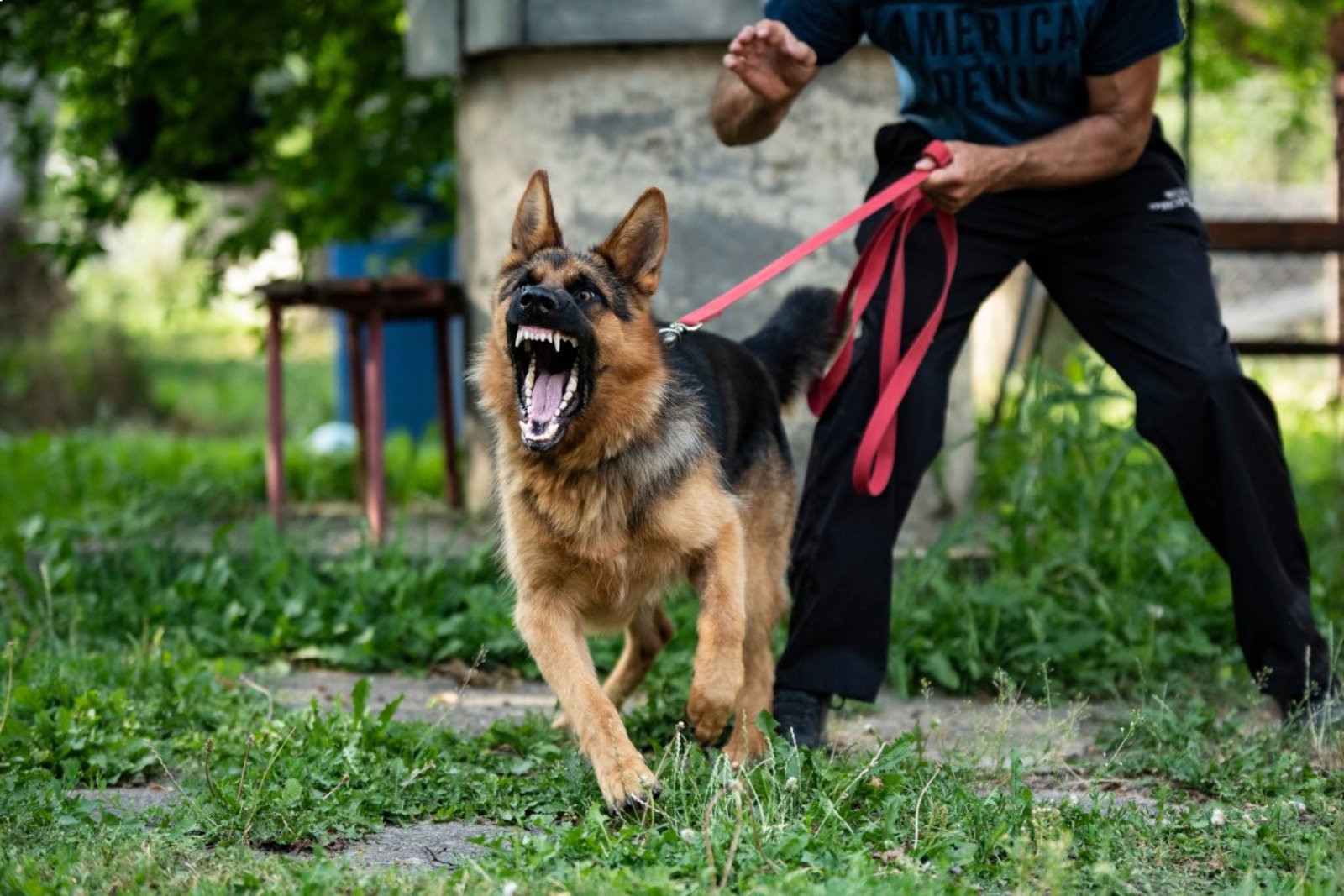
Remember, no matter how well-behaved your dog is, they are still animals with instincts and reactions. Always prioritise safety, supervise interactions, and stay educated to ensure a harmonious relationship between your dog and your children.
Featured Image Credit: Pexel / Tima Miroshnichenko.
For transparency, this content was partly developed with AI assistance and carefully curated by an experienced editor to be informative and ensure accuracy.

